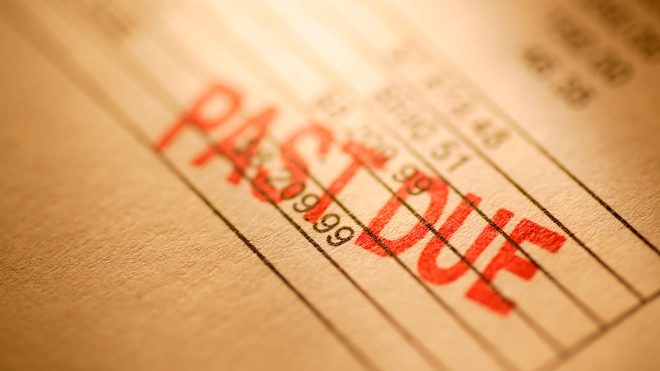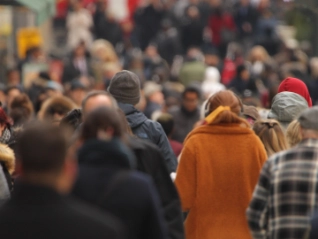
Chemicals Industry Trends July 2024

Here to help you

News

Case studies

Testimonials
Looking for safe havens in a divided region


Growing resilience tested by US policy shifts

Our survey of companies in India reveals key insights into current B2B corporate payment trends. Explore emerging dynamics that could shape the future of business transactions.

Our survey of companies across Asia reveals key insights into current B2B corporate payment trends. Explore emerging dynamics that could shape the future of business transactions.

Our survey of companies in China reveals key insights into current B2B corporate payment trends. Explore emerging dynamics that could shape the future of business transactions.

Our survey of companies in Taiwan reveals key insights into current B2B corporate payment trends. Explore emerging dynamics that could shape the future of business transactions.

Our survey of companies in Hong Kong reveals key insights into current B2B corporate payment trends. Explore emerging dynamics that could shape the future of business transactions.
Viewing 7 out of 137
A high Days Sales Outstanding (DSO) can strain cash flow, heighten risk, and hinder growth. Proactively managing DSO through credit policies, prompt invoicing, and effective collections is vital for financial resilience


Letters of credit are bank guarantees to pay a seller (usually an exporter) for goods or services that the seller has shipped to a buyer (usually an importer).

Insolvencies often happen when an important business partner folds. Particularly small and medium-sized enterprises with capital ratios of less than 20% can fall victim to this domino effect.

Your company's accounts receivable is an important indicator for assessing business health.

Unfortunately some businesses make up excuses to explain away delays in settling invoices. Here are some examples of the more common excuses and tips on how to best deal with them.

The secret to prompt payment lays in a systematic and consistent approach to credit management.

Read about the importance of culture within international business and the possible dangers if it is not considered.
Viewing 7 out of 13
The President promised the return of millions of factory jobs, but rising investment pledges masks a mixed picture for US manufacturing


Closer ties could boost trade and create a functioning alternative to the misfiring WTO. But without the involvement of China and the US, can an EU-CPTPP partnership really have much impact?

Businesses face increasing supply chain risk as geopolitical tensions, tariffs and economic incentives create a new geography of trade, but forward-thinking organisations can benefit too

Amid economic and geopolitical volatility, ICISA highlights 2024 as a year that underscores the importance and resilience of trade credit and surety insurances.

Adapting customer payment risk management strategies to stay financially healthy will be key for businesses during the months ahead

The Atradius Buyer Impersonations factsheet offers valuable insights and practical advice on handling buyer impersonation

With effect from 1st September, Atradius has announced changes in the distribution of responsibilities and the composition of the Management Board.
Viewing 7 out of 47


With the backing of Atradius’s resources, EnCom Polymers has been able to expand business with existing customers and go after new business they previously would have shied away from.

BVV GmbH grew internationally and recognised risks such as companies on the brink of insolvency in plenty of time to mitigate the risks.

Atradius Surety has enabled Vinci Construction France to expand their sources of finance beyond their banking partners. This partnership with Atradius benefits Vinci Construction by providing substantial flexibility, excellent responsiveness and a capacity for innovation.

How we are part of Continental Banden Groep B.V.'s business process, minimising risk and supporting sales

Ben Green, President and Owner at Metalco Incorporated in Chicago, Illinois, explains how Atradius Trade Credit Insurance has helped him secure new business confidently.

As a successful business, L’Oréal Hong Kong wanted a partner that could help protect their regional interests and support their focus on further growth.
After adopting Atradius trade credit insurance, MBS found that their credit control processes improved so much that staff had more time to devote to clients.


Janson Bridging (International) uses export credit insurance from Atradius Dutch State Business (DSB) to offer favourable credit terms to customers located in emerging markets.

Calidad Pascual partners with international credit insurance firm Crédito y Caución Atradius to gain additional knowledge of international markets.

Late payers prompted content marketing agency KMOdynamoo to take out an Atradius credit insurance policy and has resulted in better debtor management.

By providing open dialogue, insight and valuable credit information we helped Brook Green Supply improve their internal credit risk management systems.

Our agility and local knowledge of worldwide markets and buyers are key reasons why textiles business Georg Jensen Damask say they collaborate with us.

El Ganso credits our support in helping the fashion brand grow from a domestic-focused Spanish startup to a successful international business.
Viewing 7 out of 9
































